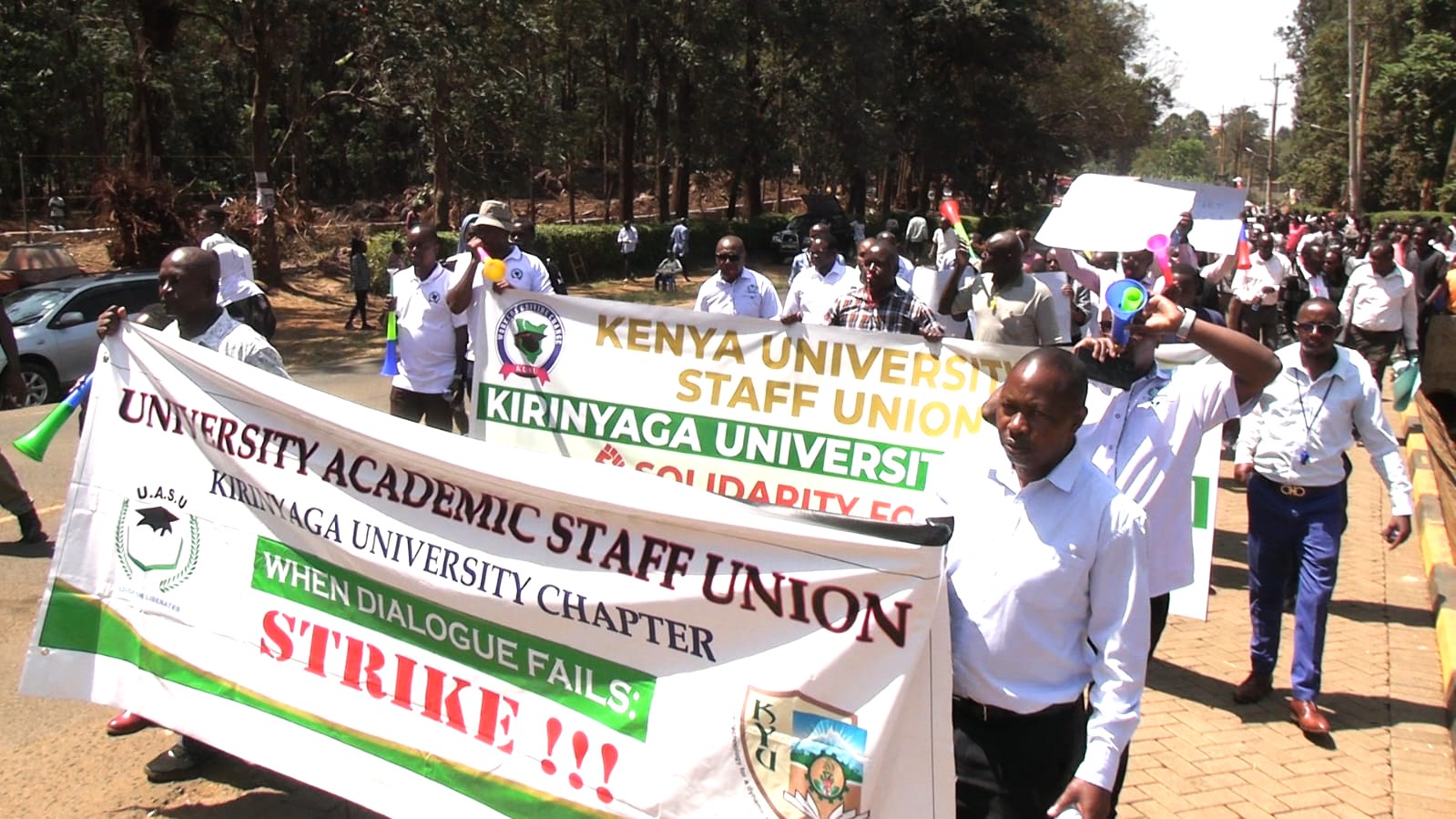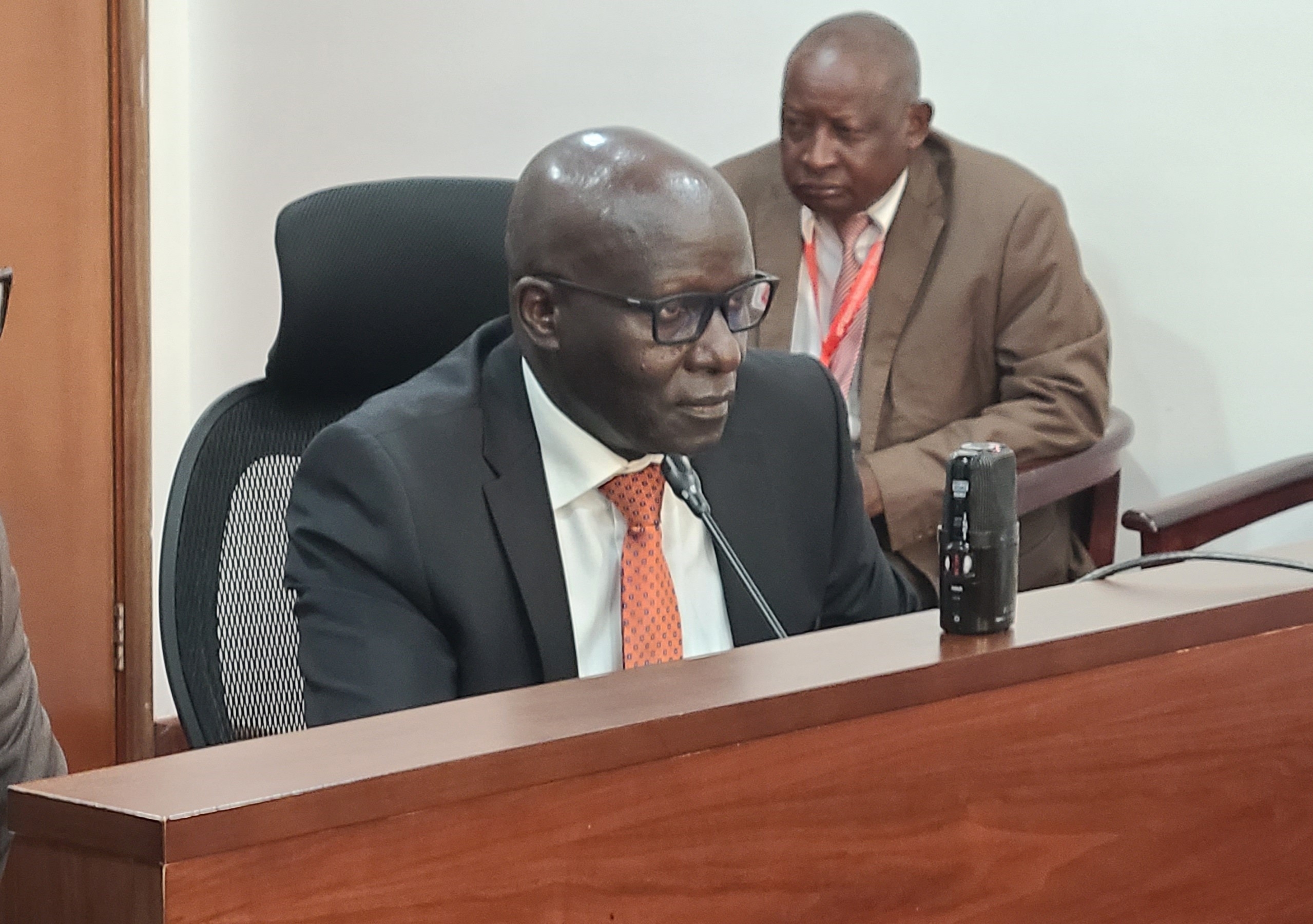
Kenya’s public universities are slowly returning to normal after 49 days of silence in lecture halls and deserted campuses — a disruption that has exposed deeper government cash-flow constraints affecting the education sector.
The nationwide strike by members of the Universities Academic Staff Union (UASU) stemmed from the government’s delayed disbursement of Sh7.9 billion in salary arrears from the 2017–2021 Collective Bargaining Agreement — a delay lecturers say reflects wider fiscal pressures.
The work stoppage halted learning in 38 public institutions and pushed thousands of students off campuses.
As universities attempt to salvage an already shortened semester, officials warn that the effects of the shutdown go well beyond the classroom.
For students, the interruption has been severe.
“We’ve lost nearly two months of learning, and now we’re expected to cover everything in just a few weeks,” said Ernestine Achieng, a fourth-year engineering student. “It’s overwhelming — mentally, academically, and financially.”
Universities are now compressing semesters, cancelling mid-semester breaks, and extending class hours. But lecturers worry that the speed-up could weaken academic standards, especially for those preparing to graduate.
“We’re expected to teach, assess, and grade within a fraction of the time,” said Dr Oriaso of the University of Nairobi. “It’s not just about catching up — it’s about maintaining standards under challenging circumstances.”
Beyond the classroom, the already called-off strike has revealed the vulnerability of institutions that rely heavily on timely government funding.
According to economics lecturer Esther Mbugua, delayed disbursements are a sign of broader public financing stress, affecting not only payroll but also the micro-economies that depend on universities.
“When universities close, entire local economies feel it — landlords, food vendors, bookshops, transport operators. Students are part of the cash flow that sustains these communities,” she said.
Mbugua added that postponed graduations may create longer-term economic ripple effects.
“Delaying graduates’ entry into the job market slows productivity and their contribution to the wider economy,” she noted.
Although the government has committed to settling the arrears in two phases — November–December 2025 and July 2026 — stakeholders say this staggered approach highlights persistent cash-flow gaps in the public sector.
“This cycle cannot repeat every few years,” said Otieno.
“The issue is not just arrears — it’s the fiscal instability that leads to them. We need a sustainable funding model that shields education from budget shocks.”
As campuses reopen and lecturers and students scramble to recover lost time, the strike has laid bare the financial fragility of Kenya’s higher education sector — and the growing urgency of finding stable, predictable public funding in an era of tightening government resources.















